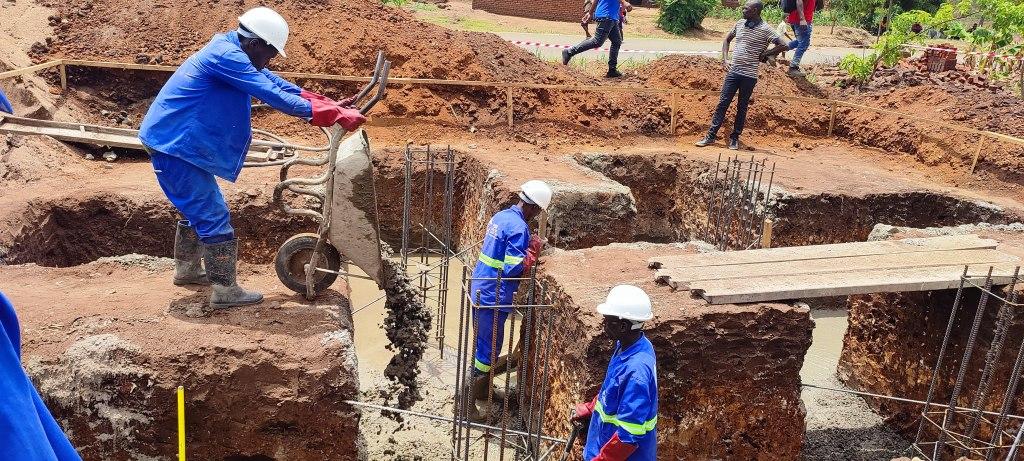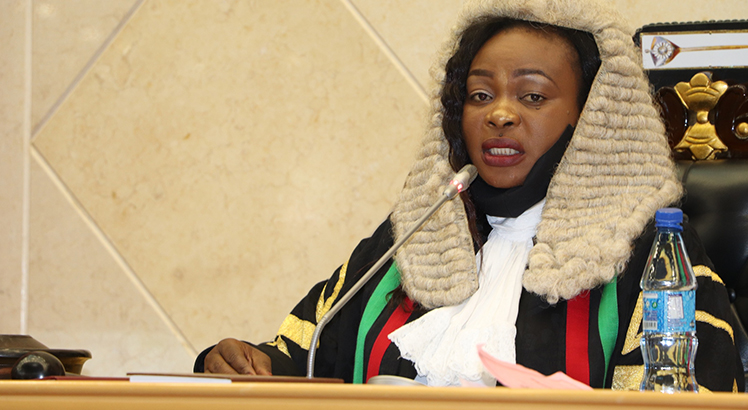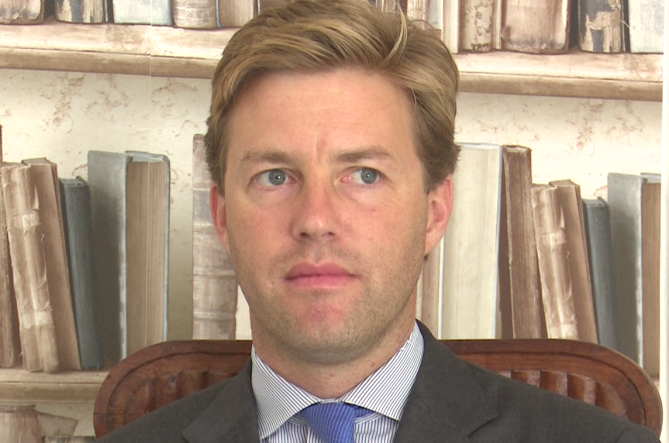Project boosts safe water accessibility in Chiradzulu
Water is life, they say, but perennial shortages of the commodity in Chiradzulu District expose many people to waterborne infections such as cholera, diarrhoea and typhoid fever.
To make matters worse, many women and young girls in the district bear the brunt of insufficient access to basic water sources and walk long distances to fetch the commodity for cooking, drinking, bathing and laundry, among others.

Flora Jailosi from Chikankheni Village in Traditional Authority (T/A) Mpama, covered over two kilometres daily to fetch water from unprotected sources, exposing herself and her family to different public health dangers that arise from consuming or coming into contact with contaminated water.
Says Jailosi: “We frequented the streams and other filthy surface water sources to draw water, which was not safe for consumption and put our lives at risk of contracting hazardous diseases. Most water points were usually congested, and we spent hours in queues waiting for a turn.”
She adds that livestock herders also contributed to the human health hazards as they routinely splattered the water with animal excretions and other potentially stomach-turning microorganisms before they left.
Noticing the water crisis in the district, World Vision Malawi and Water for People collaborated and launched a $10 million (about K17 billion) Wash for Everyone Project in 2022 targeting to connect households, schools and health facilities in the district’s 10 T/As to improved Wash services.
This followed a survey by World Vision Malawi which showed, among others, that 22 percent of the district’s population lacked access to safe water while 75 percent of households lacked access to improved water, sanitation and hygiene (Wash) facilities. T/A Onga was also the only open defecation-free (ODF) zone out of 10 T/As as certified by the government’s National Sanitation and Hygiene Technical Committee.
The findings further established that of the 122 public schools in Chiradzulu, 82, representing 67 percent, lacked facilities suitable for girls’ menstrual hygiene, while only one out of 15 healthcare facilities had access to piped-water systems required for patients’ care.
According to Chiradzulu District Wash for Everyone project manager for World Vision Malawi, Panganani Eric Njolomole, the project has since built six mechanised water systems with over 300 water points impacting over 20 000.
Says Njolomole: “The aim of our project is to ensure that everyone in Chiradzulu has access to safe water and quality sanitation services. This is a step towards achieving the 2030 United Nations (UN) Sustainable Development Goal (SDG) number six, which seeks to achieve clean water and sanitation for all. This also promotes the success of other SDGs.
“To achieve this, we are constructing mechanised water systems, drilling boreholes and we are also encouraging communities to sink latrines and embrace climate-resilient practices to help conserve the environment and mitigate the impacts of climate change.”
Erection of 12 water towers was already finalised and a total of 19 water towers will be constructed in Chikankheni Village by the end of February 2024.
In T/A Mpama, three mechanised technologies, including a State-of-the-Art 40 000 litre solar-powered water supply system with 62 water taps were installed and another 12 for St. Michael’s Primary School targeting three villages in T/A Mpama, two villages in T/A Onga.
“Once finalised, the project will greatly ease our water burdens,” St. Michael’s Water Scheme chaired by Joyce Ntiwa says.
The three-year project generally aims to provide access to clean water to over 84 000 people across Chiradzulu as well as to 15 health facilities and 109 schools. It further envisages a future where all 10 T/As in Chiradzulu would become ODF zones.
But the UN still warns that billions of people worldwide risk lacking access to basic Wash services by 2030 when the SDGs are set to expire unless governments and all stakeholders of the UN SDGs step up efforts to achieve the goals in six years time.





